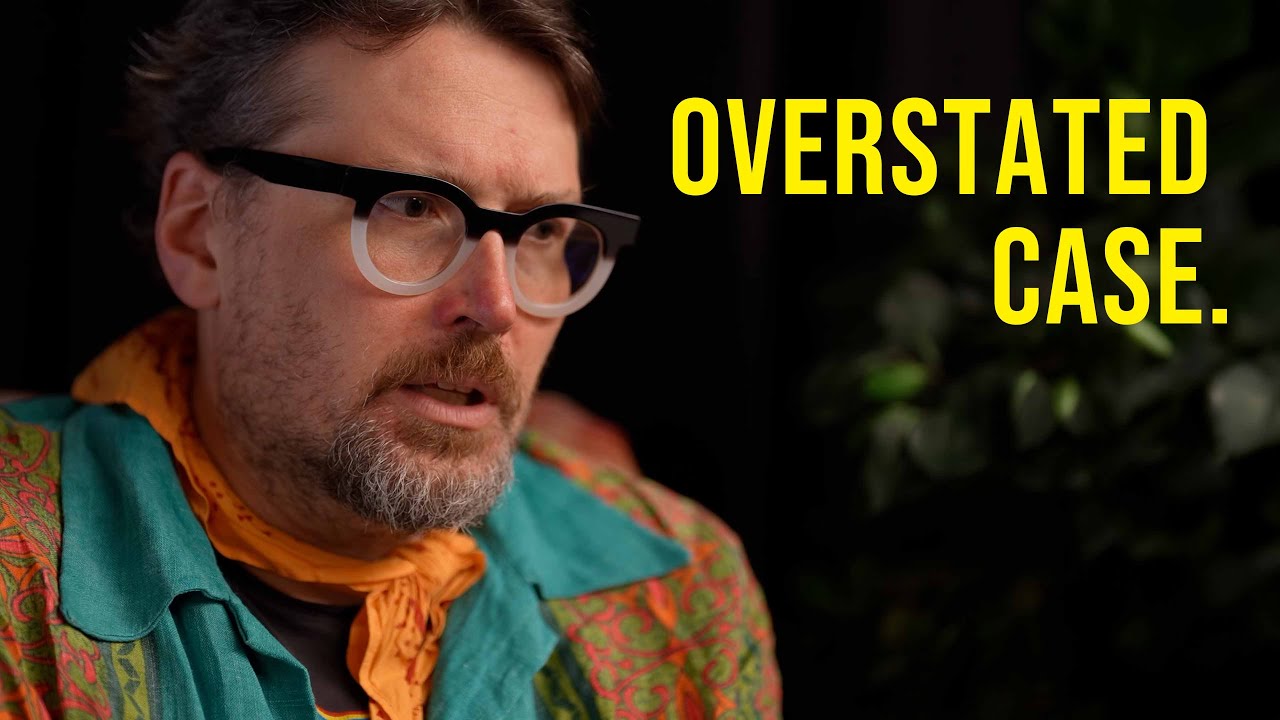The video discusses the contrast between the certainty of pure mathematics and the fluid, complex nature of AI research, highlighting the limitations of benchmarks and the need for new theoretical frameworks like category theory to better understand deep learning models. It also explores philosophical questions about knowledge, the practical challenges of current AI architectures, and advocates for a humble, interdisciplinary approach combining theory, experimentation, and philosophy to advance AI understanding.
The discussion begins by contrasting the rigorous certainty found in pure mathematics, where truth is established through definitions and proofs, with the more fluid and uncertain nature of machine learning and AI research. In machine learning, benchmarks have traditionally served as a proxy for formal proof, providing a way to judge model performance. However, recent developments suggest that relying solely on benchmarks may no longer be sufficient, as models become more complex and their performance varies across different benchmarks. This highlights the need for new aesthetic and scientific sensibilities to understand and explain why certain AI models work.
A key metaphor used is that deep learning models are like sandcastles—structures with many degrees of freedom that collapse under scrutiny because they lack a solid underlying structure. While these models can mimic structure, they do not inherently possess it, which raises philosophical questions about the nature of knowledge and reality. The conversation explores the tension between constructivism and platonism, suggesting that while there may not be a Platonic ideal underlying reality, the illusions of such ideals help create the structures we observe. This ties into ideas from biology and information theory, where processes like metabolism and brain function are seen as anticipatory and predictive, creating useful but ultimately contingent models of the world.
The speakers delve into the role of category theory in machine learning, emphasizing its utility in formalizing the construction of parametric models and understanding neural network architectures. Category theory provides a language to describe how models are built and how different components interact, offering a framework to explore the algebraic structures underlying neural networks such as RNNs and transformers. However, the application of category theory is still emerging, and much of the recent work involves catching up with the practical wisdom accumulated in machine learning rather than purely theoretical advances.
The conversation also touches on the limitations of current AI architectures, such as transformers and graph neural networks, particularly regarding issues like information squashing and context length. Researchers are exploring ways to optimize attention mechanisms and graph structures to improve model performance on long sequences, highlighting the pragmatic challenges in scaling AI systems. This includes innovative approaches like using expander graphs to reduce signal compression and improve message passing, demonstrating the intersection of theoretical insights and practical engineering in advancing AI.
Finally, the discussion reflects on the broader epistemological and educational challenges in AI and mathematics. Unlike traditional math problems with neat solutions, real-world systems often lack closed-form answers, requiring approximation and numerical methods. This parallels the difficulties in AI research, where models must learn from complex, noisy data without guaranteed solutions. The speakers emphasize the importance of humility, continuous learning, and developing new frameworks to explain AI behavior, advocating for a synthesis of rigorous theory, practical experimentation, and philosophical reflection to advance the field meaningfully.
